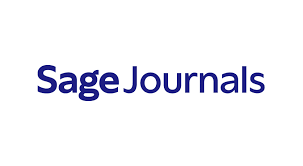📌 The Puzzle
Conventional wisdom equates policy liberalization with deregulation, but research across disciplines suggests the opposite can occur: states may add to their stock of rules when adopting more liberal policies. This article investigates that liberalization–rule nexus using abortion policy as a test case.
📊 25 Countries, 50 Years of Policy Change
A longitudinal dataset covering 25 countries across five decades is used to track liberalization events and the regulatory changes that follow. The analysis empirically assesses how and when liberalizing abortion policy is accompanied by increases in formal rules.
🔎 What Was Compared
- Timing of abortion liberalization events
- Subsequent changes in the quantity of rules and regulations governing abortion
- Political and social conditions that might amplify or dampen rule growth
📈 Key Findings
- The majority of countries introduce more rules after liberalizing abortion, but the magnitude of rule growth varies widely.
- The extent of new regulation is shaped by the conflicts surrounding liberalization at specific times and in specific countries.
- Political actors associated with greater rule growth include: right-leaning governments, organized religious groups, and institutional veto players.
- Higher levels of existing liberalization reduce the apparent need for additional rules, moderating post-liberalization rule growth.
⚖️ Why It Matters
These results contest the simple equation of liberalization with deregulation and show that policy liberalization can trigger regulatory expansion depending on political conflict and institutional context. Understanding this pattern clarifies the downstream institutional consequences of policy change in modern democracies and informs debates about the governance effects of liberalizing reforms.







